A selected set of books gives you an idea of the learning journey that led me to some of my ideas on coaching.
Bibliography: Cognition and Visual Thinking
Gray, Dave. Liminal Thinking: Create the Change You Want by Changing the Way You Think. 2016. Two Waves Books Brooklyn
I suggest looking up Dave Gray’s YouTube videos on liminal thinking. It helps you see the concepts of the book. Gray is a brilliant visual thinker and has distilled an important concept in Liminal Thinking.
Hallowell, Edward M. M.D., Ratey, John J., M.D. Driven to Distraction. 1994. Touchstone, NY.
Both authors helped shape how we think of ADHD today. This book was a milestone, it has been updated. Both authors have other books on ADHD and how the brain works.
McGilchrist, Iain The Master and His Emissary: The Divided Brain and the Making of the Western World. 2009 Yale University Press New Haven
This is a philosophical look of the impact of the different modes of thinking of the two hemispheres and how the domination of left hemisphere modality has impacted society.
Pink, Dan. A Whole New Mind. 2005. Riverhead Books New York
Pink looks at the different brain hemisphere modalities and predicts that the right hemisphere modality will be more valuable in the workplace as more linear work can be done by computers. In later editions of this book, Pink added an extremely helpful annotated bibliography. After reading A Whole New Mind, I read all the books on the bibliography that I hadn’t already read.
McLoud, Scott. Understanding Comics: The Invisible Art. 2004 Harper Perennial New York
This book will teach you how to read visuals. By breaking down comics into various elements, Scott shows you choices involved in visual images. Even if you are uncurious about comics, this book is worth reading.
Roam, Dan. The Back of the Napkin and Blah Blah Blah.
Back of the Napkin first edition was 2009. He is a business school graduate who used visuals to communicate to the Russian Group he was managing. Eventually, through trial and error, he created a system for explaining ideas using images. Then he went and read the brain science to understand why. In particular, his explanation of the visual pathways in the brain in the appendix B of Back of the Napkin is an easy introduction into complex neurology.
Both books are readily available. Roam breaks down how we process visual information into six paths (based on neurology). He then goes on to explain how to speak to each of the different paths in order to explain a situation. There are many YouTube videos. One as recent as December 2023 is a full version of the keynote he offers.
SIegel, M.D., Daniel J. Mind: A Journey to the Heart of Being Human. 2017. W.W.Norton & Company, Inc. NY
Daniel J. Siegel, MD (no relation) is a clinical professor of psychiatry at the UCLA School of Medicine, founding co-director of UCLA’s Mindful Awareness Research Center, founding co-investigator of the UCLA Center for Culture, Brain, and Development, and executive director at the Mindsight Institute. He has written many books on brain development and the theory of the Social Brain. Most of his books could be included in this bibliography, this was chosen because it is recent and summarizes one aspect of his thinking. An easier read is mindsight: The New Science of Personal Transformation.
Siegel, M.D., Daniel J. The Whole Brain Child. 2011. Random House, NY
Dan Siegel (no relation) publishes both academic, popular press, and self-help books. This is an example of a very easy introduction into his ideas to help parents deal with their children, both healthy and challenged.
Silverman PhD, Linda Kreger. Upside-Down Brilliance: The Visual-Spatial Learner. 2002. Deleon Publishing, Denver.
While not specifically about 2E learners, this does give a good idea of the difference between the visual-spatial mind vs. the ‘typical’ mind. Silverman is a psychologist and she writes of different markers that you can find. The book is written for the average parent and had lovely cartoons interspersed. I like it because it shows a different way of thinking and problem solving.
Van Der Kolk, M.D, Bessel. The Body Keeps the Score. 2014. Viking Penguin, NY
This book is a popular press introduction to many of the ideas included in other books on this list. Most important is the emphais on the somatic experience impacting the psychological experience and visa versa.
People have very different opinions about the author - amongst the concerns: too much emphasis on qualitative research vs. quantitative research, the willingness to expand treatment beyond evidence based medicine and other issues. I weighed including this book in the references and decided that the accessibility of the book and my general agreement with the author outweigh the somewhat valid concerns of the critics.
Weinfeld, Rich, Barnes-Robinson, Linda, Jeweler, Sue, Shevitz, Betty Roffman. Smart Kids with Learning Difficulties, Overcoming Obstacles and Realizing Potential. 2006. Prufrock Press, Waco.
Rich Weinfeld started the Gifted and Talented/Learning Disabled program in Montgomery County Maryland Public Schools. The four authors all taught in MCPS and this distilled their experiences and offered guidance for parents. It is education based, though many of the ideas work for adults too. I include this here because I worked with three of the authors on different projects so it gives a sense of the depth of my experience.
Other media.
Neuroscience in the Classroom: Making Connections
Annenberg Learner https://www.learner.org/series/neuroscience-in-the-classroom/
A set of six videos developed with Dr. Mary Helen Immordino Yang. This is neuroscience in action, where they show you what it means to activate different brains. This series is eye opening in that you could watch different people think. I still watch it occasionally for reminders. Highly researched and well presented.
